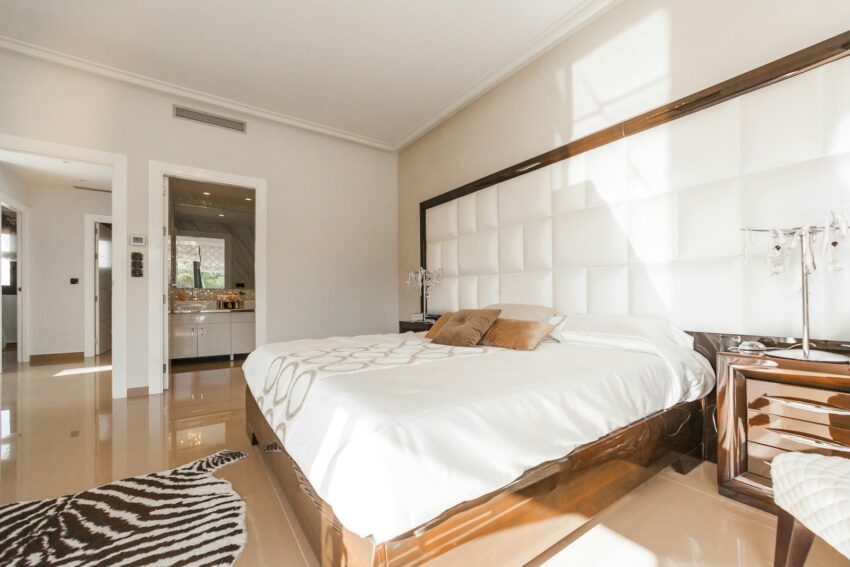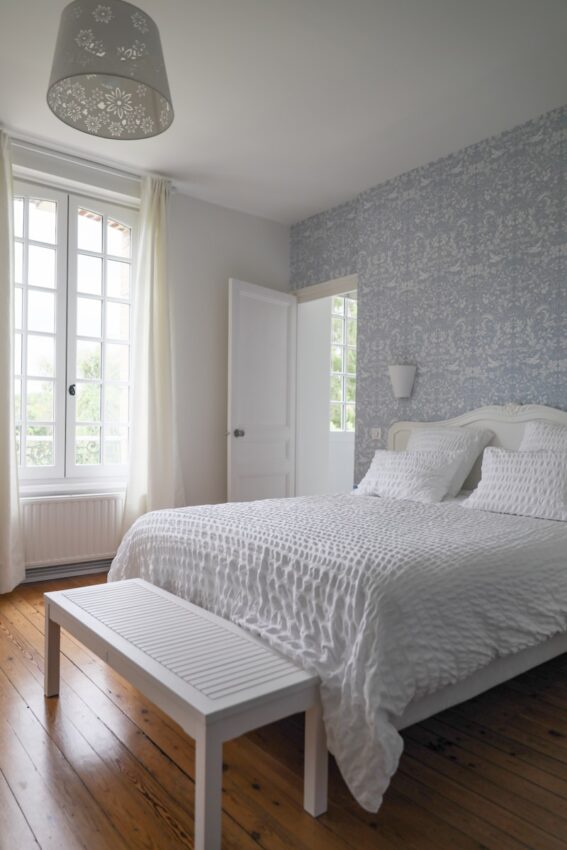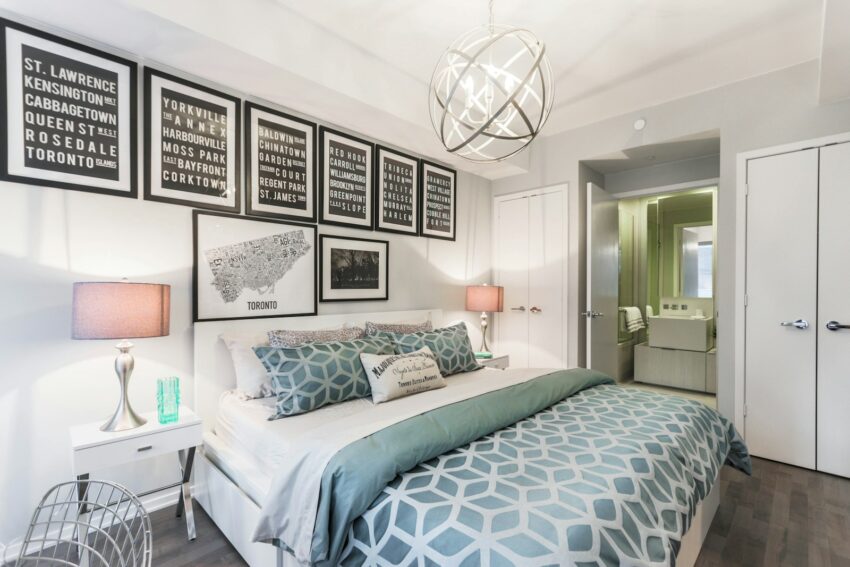Your childhood bedroom holds memories—faded posters, old books, and that familiar bed you grew up in. But as life changes, so do your needs. What once felt perfect might now seem outdated or impractical. The question is: Should you hold on to the nostalgia or transform the space into something more functional for your life today?

The Emotional Attachment: Is It Holding You Back or Helping You?
Your childhood bedroom is packed with memories—familiar furniture, posters, and moments that shaped who you are. It’s easy to feel attached to it, but sometimes, that emotional pull can keep you from seeing the room’s potential. Is your nostalgia stopping you from making the space more functional?
At the same time, keeping certain elements can be a way to hold onto the past while giving the room a fresh purpose. It’s all about balancing those memories with what you need now.
What’s the Financial Reality? Renovation Costs vs. Starting Fresh
Revamping your childhood bedroom can be a more affordable option than starting fresh, but it’s essential to be realistic about the costs. A basic renovation—new paint, flooring, and updated furniture—can range from $1,000 to $5,000, depending on the quality of materials and labor involved.
However, the costs can quickly rise if you want to make more extensive changes, such as knocking down walls, upgrading electrical systems, or adding custom features. Premium finishes or structural updates could push your budget much higher.
One clear advantage of renovating is that you’re working with a space you already own, so there’s no need for moving expenses or real estate fees. By contrast, a new build or buying a new home can easily cost tens of thousands of dollars, not to mention the additional costs of furnishing an entirely new space.

Updating the Look While Keeping the Charm
Modernizing your childhood bedroom doesn’t mean letting go of its sentimental value. First, focus on preserving key pieces that hold emotional significance, like a dresser, bookshelf, or even an old mirror. These items can serve as a bridge between the past and present. A simple update—like a fresh coat of paint in a neutral or soft color—can breathe new life into the space without overwhelming its original character.
When adding new elements, look for pieces that blend with the room’s nostalgic feel. For example, Amish mission bedroom furniture offers timeless design and craftsmanship that can complement modern decor while keeping the room’s traditional charm intact. Its clean lines and quality materials make it a seamless addition to any design update.
Practical changes can make a big impact without sacrificing sentimentality. You could refinish old furniture with a fresh stain or paint or repurpose items—like turning an old desk into a workspace or creating more storage with a few tweaks to existing bookshelves. Another easy update? Swap out outdated curtains or add modern lighting to balance the room.
Making It Work for You: Adding Functionality
Focus on practical upgrades to make your childhood bedroom functional for adult use. Start by evaluating how you’ll use the space. A small desk with adjustable lighting and a comfortable chair can instantly create a workspace if it’s a guest room or home office.
For storage, think vertical. Wall-mounted shelves or floating cabinets can clear floor space, while under-bed storage bins help keep things tidy. Adding hooks or a hanging organizer can make a big difference if closet space is limited.
Consider multi-functional furniture, like a fold-out sofa bed or a storage ottoman, which can double as seating or extra storage. Adding a foldable desk or wall-mounted work surface can maximize space without overcrowding.

Going Green: How to Make Your Makeover Sustainable
Revamping your childhood bedroom sustainably starts with intelligent choices. Opt for Amish-made bedroom furniture, known for its durability and eco-friendly craftsmanship. This choice will reduce the need for frequent replacements.
Upcycling is a cost-effective way to refresh old furniture. Sand down and refinish a dresser, or use non-toxic paint for a fresh, eco-friendly look. For energy savings, switch to LED bulbs and consider adding a programmable thermostat to manage heating and cooling efficiently.
Incorporate natural materials where possible—choose organic cotton bedding or bamboo window treatments. Even minor updates like low-VOC paints and energy-efficient window seals can make a significant environmental difference while keeping your room comfortable and stylish.
The Psychological Impact of Changing a Childhood Space
Revamping a childhood bedroom can stir both excitement and anxiety. On the one hand, transforming the room can symbolize personal growth, offering a sense of renewal and progress. Reshaping the space to suit your current needs can be empowering, positively impacting your mental well-being. It’s an opportunity to take control and create a space reflecting who you are today.
However, there’s also a risk of feeling a sense of loss. The familiarity and memories tied to the room may feel like part of your identity, and changing it might bring feelings of disconnect or guilt. It’s okay to feel this way. To ease this, keeping a few meaningful items—like a favorite photo or piece of furniture—can help bridge the past and present, preserving emotional ties while adapting the space to fit your life today.
When a Revamp Might Not Be Worth It
Revamping your childhood bedroom may not always be the most practical choice. If renovation costs start climbing close to the price of moving, it may not be financially wise. Structural issues like poor insulation, outdated wiring, or foundational problems can also turn a simple project into a costly endeavor.
Emotionally, if the room holds significant sentimental value, changing it might feel like losing an essential part of your past. Leaving the space as-is or making small, thoughtful updates may be a better option.
Functionality is a key factor to consider when revamping your childhood bedroom. Even an overhaul may not fix the limitations if the room’s size or layout doesn’t align with your current needs. Additionally, a significant investment may not yield a reasonable return if you plan to sell the home soon. In such cases, keeping things simple or exploring other spaces could make more sense.
So, Is It Worth It?
Deciding whether to revamp your childhood bedroom comes down to what you need today. If the space can be updated affordably and still hold onto its sentimental value, a refresh might be a great way to blend the past with the present. However, if the emotional ties are too strong or the renovation costs too high, it might not be worth the investment.
Ultimately, it’s about finding a balance between preserving memories and creating a room that serves you now. Whether you choose a full makeover or just small updates, the goal is to ensure the space works for you practically and emotionally. Remember, it’s your space, and the decision is ultimately yours. Trust your instincts and find the balance that feels right for you.
